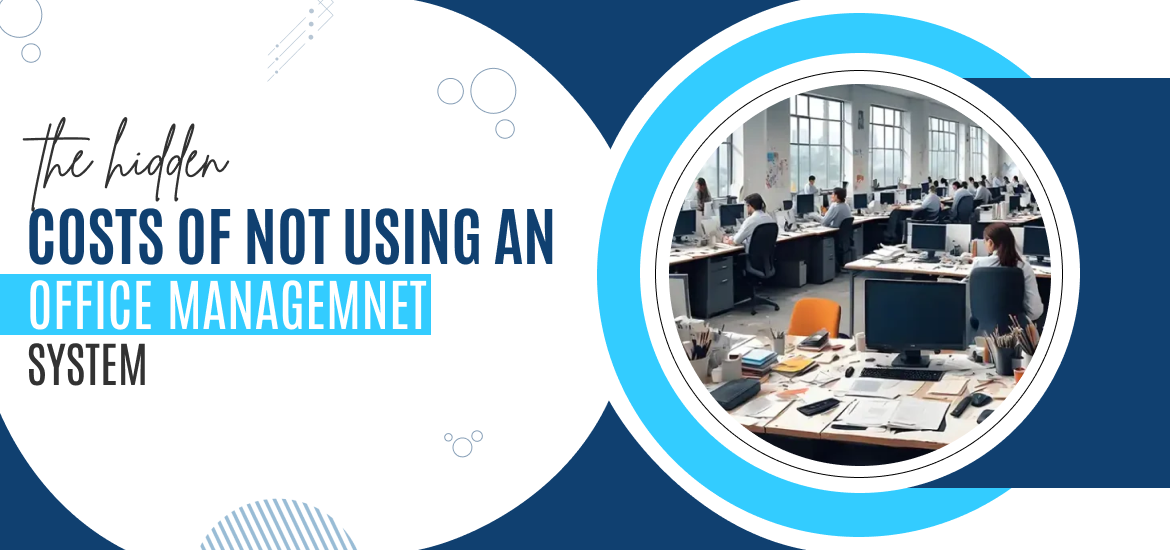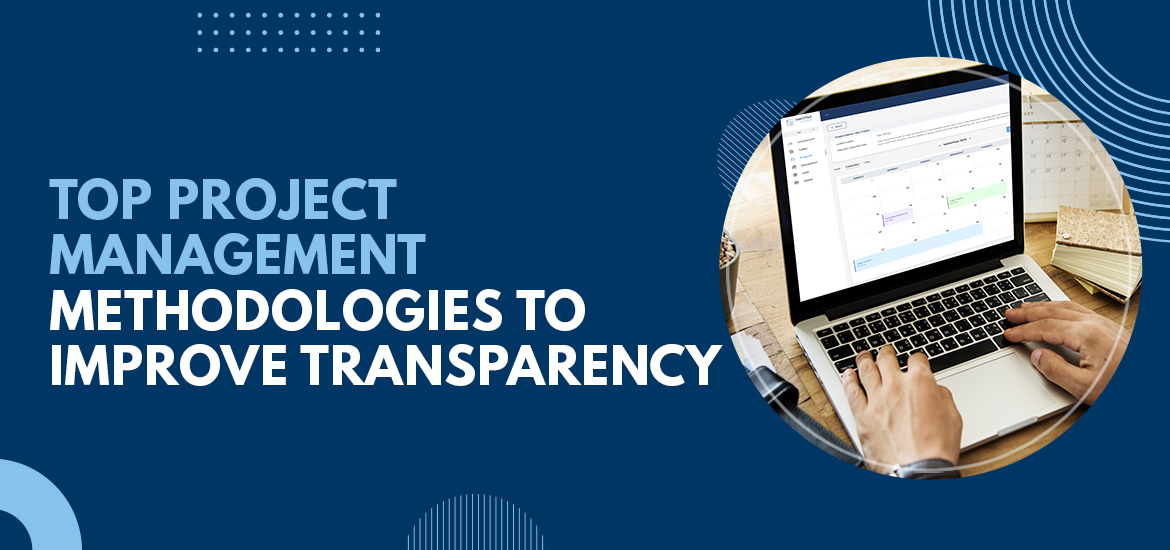
Project Management Software
10 Common Mistakes To Avoid When Implementing New Project Management System
Aug 28th, 2025
Many projects fail. In fact, over 70% of them don’t meet their goals. This is often because of bad planning and communication. A poor system can also be a big reason. But there’s good news. Companies that use the right project management tools can waste much less money. This shows that having a proper system is key to success. However, a new system brings its own challenges. Many teams get stuck in common traps. We will now show you the top 10 mistakes to avoid. This will help your new system work exactly as you hoped.
Mistakes To Avoid When Implementing New Project Management System
These are the most common mistakes that everyone should avoid while implementing a new project management system.
01. Lack of a Clear Plan
This is where you need to know your Whys! Before you even look at software, you need to define your goals. Why are you making this change? Your goal is to improve communication, boost efficiency, or better track budgets? Without a clear plan with you, you might end up with a powerful tool that doesn’t solve your core problems. For example, if your main issue is slow project handoffs between departments, your plan should focus on finding a system with strong workflow automation features.
02. Not Involving Key Stakeholders Early
While implementing the new project management system, the people who are going to actually utilize the system should be the key of every discussion going around this decision. Ignoring the people who will actually use the system is a major mistake. It is a human tendency to resist change. If a person feels a lack of ownership, they are likely to resist the change. So, all the key stakeholders will take ownership if they know what is going on and they are part of the conversation from the start. The best thing to do is to form a small committee with representatives from different departments. They can provide valuable feedback on what features are truly needed and help champion the new system, making the transition smoother for everyone.
03. Underestimating the Change Management Process
Change can be tough for people. They get used to old ways of doing things. Bringing in a new system breaks these routines, and they might resist it. You can’t simply tell them about the new tool or share the URL with them directly. You need a clear plan for the change. The plan should explain why you’re making this shift, and how you’re making this transition. Listen to their worries and answer their questions. Show them how the new system will benefit them personally. A smooth transition isn’t just about the software itself. It’s about helping people through the change.
04. Choosing Features Over Usability
It’s easy to want a system with all the features. But a complicated tool will just be abandoned. Usability is what really matters. A system that’s simple to use and easy to look at will be adopted faster. For example, a small marketing team doesn’t need complex charts. A clean, visual board that shows their work, like a Kanban board, would be a much better fit.
05. Poor Data Migration Planning

Data is the new gold, and businesses rely on data. Moving your old data to the new system is a big step. Don’t just assume it will go smoothly. A bad plan can cause a lot of problems. First, decide what data you need to move. What can you leave behind or archive? This helps you avoid losing important things like old files or messages. Always test the process first with a small batch of data. This helps you find and fix any issues before you move everything.
Also Read – Cloud Based Project Management Software vs. On-Premise: What’s Best Fit for Your Business
06. Overcomplicating the Setup
Project management often includes a wide range of features. A common mistake people make is to over-configure their system on day one. They try to use as many features as possible. This makes your team overwhelmed and makes the system feel restrictive. It is always better to start with a simple and basic system. Try to mirror your current process with minimal setup. You can always add more complexity and advanced features as your team becomes more comfortable and identifies new needs. Don’t try to use every single feature on day one.
07. Not Focusing on Training Your Team

If you’re transiting to a whole new system for your project management, it is very important to train the end-users about the new system. You simply can’t share the link to an online tutorial, and expect them to learn everything on their own. The detailed training session planned for different types of users is necessary. A project manager, for example, might need training on setting up project templates, while a new team member might just need a quick guide on how to update task status. Along with the training, there should be a central place from where everyone can access the FAQs, video guides, and tutorials anytime for their reference.
08. Avoiding a Pilot Program
Launching a new system for everyone at once is a huge risk. A pilot program is a much better idea. Pick a small group to try the system first. This lets you test it in a real work setting. You can find bugs and get feedback on a smaller scale. This makes the final launch much smoother. The pilot team will also feel a sense of ownership, becoming supporters of the new system.
09. Not Setting Clear Roles & Permissions
Undefined roles and permissions can cause big problems. You need to know who can do what. For example, who can create a new project? Who can see private financial data? Without clear rules, someone might delete a key task by mistake. Or they might see information they shouldn’t. Take time to set up roles like “Admin” or “Team Member”. This makes sure everyone has the right access and can work without issues.
10. Expecting Instant Results
Launching a new system is a process, not a quick fix. You won’t see big results right away. It takes time for your team to get used to it. Be patient and celebrate small successes. For example, cheer when a project is completed smoothly or when deadlines are met more often. Track key numbers over time to show the system’s value. And always look for ways to make your workflow even better.
Also Read – 8 High-Impact Project Management Goals To Improve Performance
Your Project’s New Beginning
You can’t just pick a new tool and expect it to work. A successful system needs good planning and communication. It also needs smart change management. By avoiding these mistakes, you will have a smoother transition. This leads to higher success and better efficiency.
A good system is a game-changer. But its real value is how well it fits your team. TaskOPad is a flexible tool. It helps you streamline your work without being complex, and supports your team from start to finish. It makes sure everyone has the right tools to succeed.
Want to see how TaskOPad can help you? Book a free demo today.
Search by posts
Search by posts
Recent posts
11-30-2025
Project Team Management
7 Essential Steps for Running a Successful Project Kickoff Meeting
11-29-2025
Team Communication













